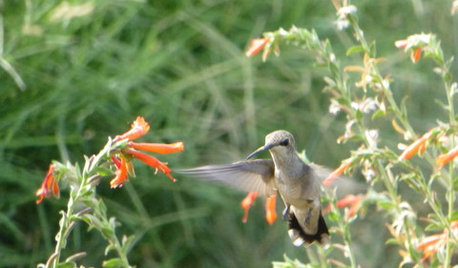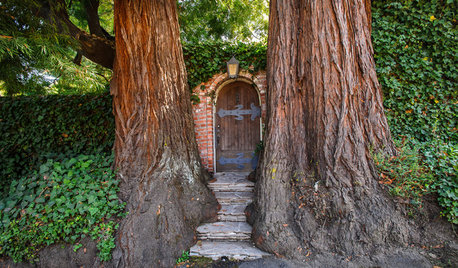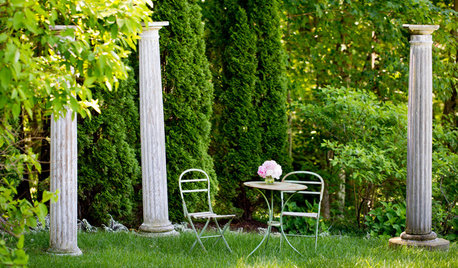What to Do with Wild Brambles?
RedSun (Zone 6, NJ)
9 years ago
Featured Answer
Sort by:Oldest
Comments (14)
eibren
9 years agoRelated Professionals
Newcastle Landscape Architects & Landscape Designers · Anderson Landscape Contractors · Bristol Landscape Contractors · Fort Payne Landscape Contractors · Hannibal Landscape Contractors · Mastic Beach Landscape Contractors · Cicero Fence Contractors · Cockeysville Fence Contractors · Ellicott City Fence Contractors · Garden Grove Fence Contractors · Meadow Woods Fence Contractors · Whittier Fence Contractors · Rosemont Siding & Exteriors · Honolulu Siding & Exteriors · West Milford Siding & Exteriorswisconsitom
9 years agomikebotann
9 years agoRedSun (Zone 6, NJ)
9 years agoUser
9 years agoMike McGarvey
8 years agos8us89ds
8 years agoMike McGarvey
8 years agolast modified: 8 years agos8us89ds
8 years agoMike McGarvey
8 years agowisconsitom
8 years agoMike McGarvey
8 years agowisconsitom
8 years ago
Related Stories

PETS16 Stylish Built-In Sleeping Areas for Dogs
Give pets their own safe haven with these built-in dog beds for the kitchen, living areas and laundry room
Full Story
GARDENING GUIDESSweet Serendipity: Opening to Happy Garden Discoveries
Unplanned nature scenes can be unbelievably beautiful; you just need to know how to look
Full Story
GARDENING GUIDESHow to Switch to an Organic Landscape Plan
Ditch the chemicals for a naturally beautiful lawn and garden, using living fertilizers and other nontoxic treatments
Full Story
WORKING WITH PROSWhat Do Landscape Architects Do?
There are many misconceptions about what landscape architects do. Learn what they bring to a project
Full Story
GARDENING GUIDES6 Steps to Creating Your Butterfly Garden
Encourage these fanciful winged beauties to visit your garden while helping restore their fragmented habitat
Full Story
LANDSCAPE DESIGN5 Reasons to Consider a Landscape Design-Build Firm for Your Project
Hiring one company to do both design and construction can simplify the process. Here are pros and cons for deciding if it's right for you
Full Story
FUN HOUZZ14 Gardens Straight Out of Fairy Tales
Escape into landscapes that conjure the magical worlds of folklore and literature
Full Story
MY HOUZZMy Houzz: Classic Garden Style for a 1745 Connecticut Farmhouse
A boxwood maze, a sweet wildflower garden and lush plantings surround a designer’s East Coast home
Full Story






RedSun (Zone 6, NJ)Original Author